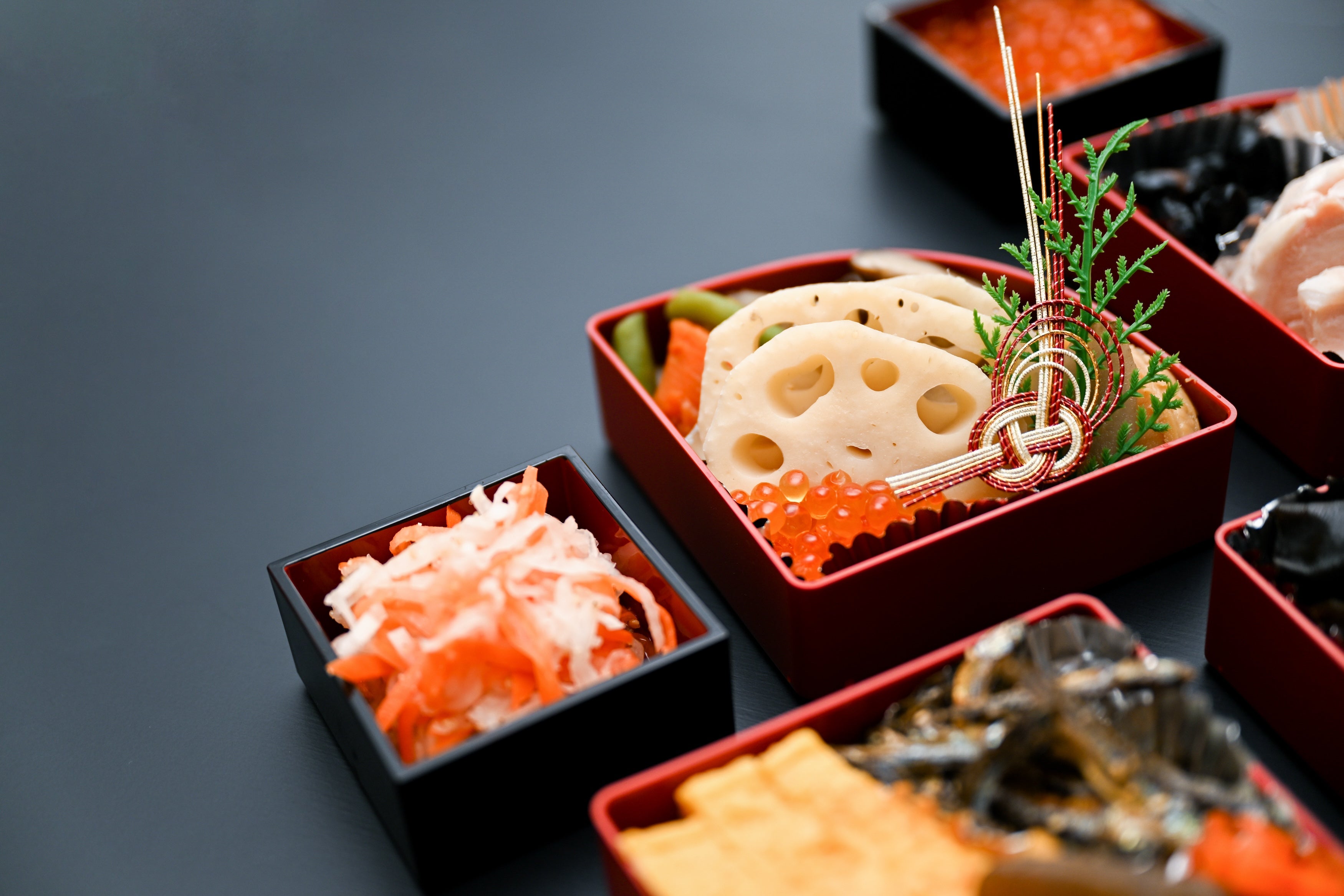

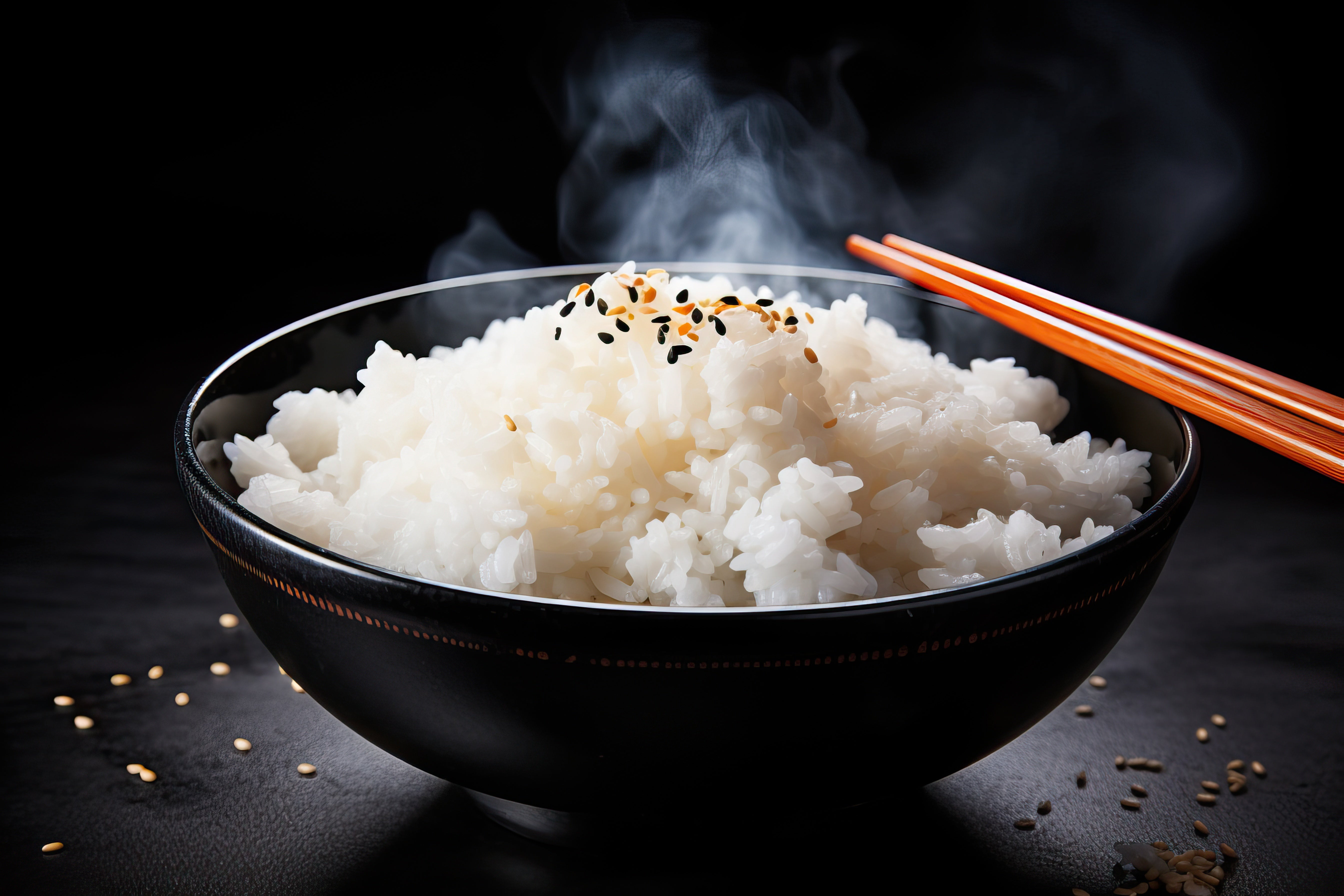

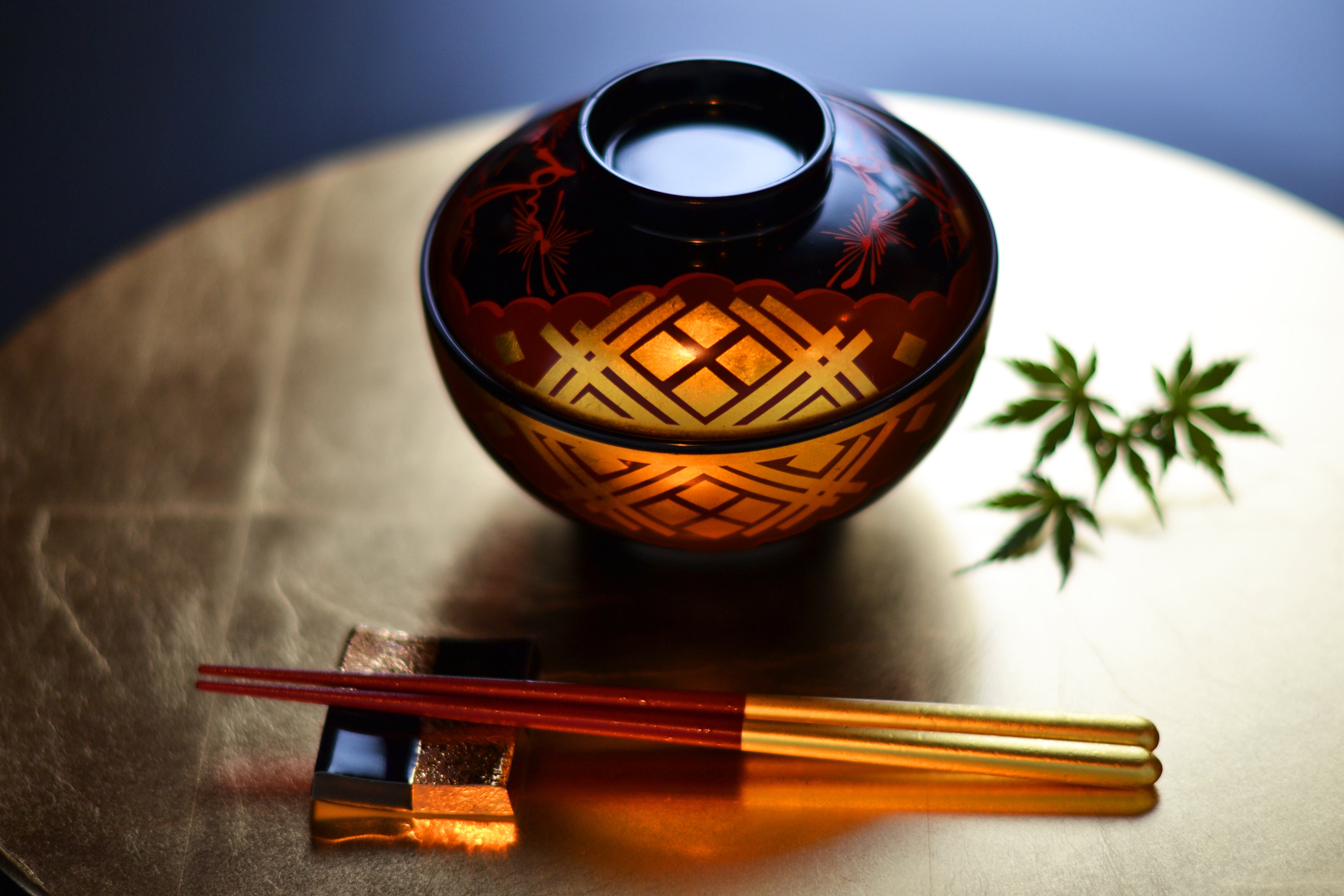



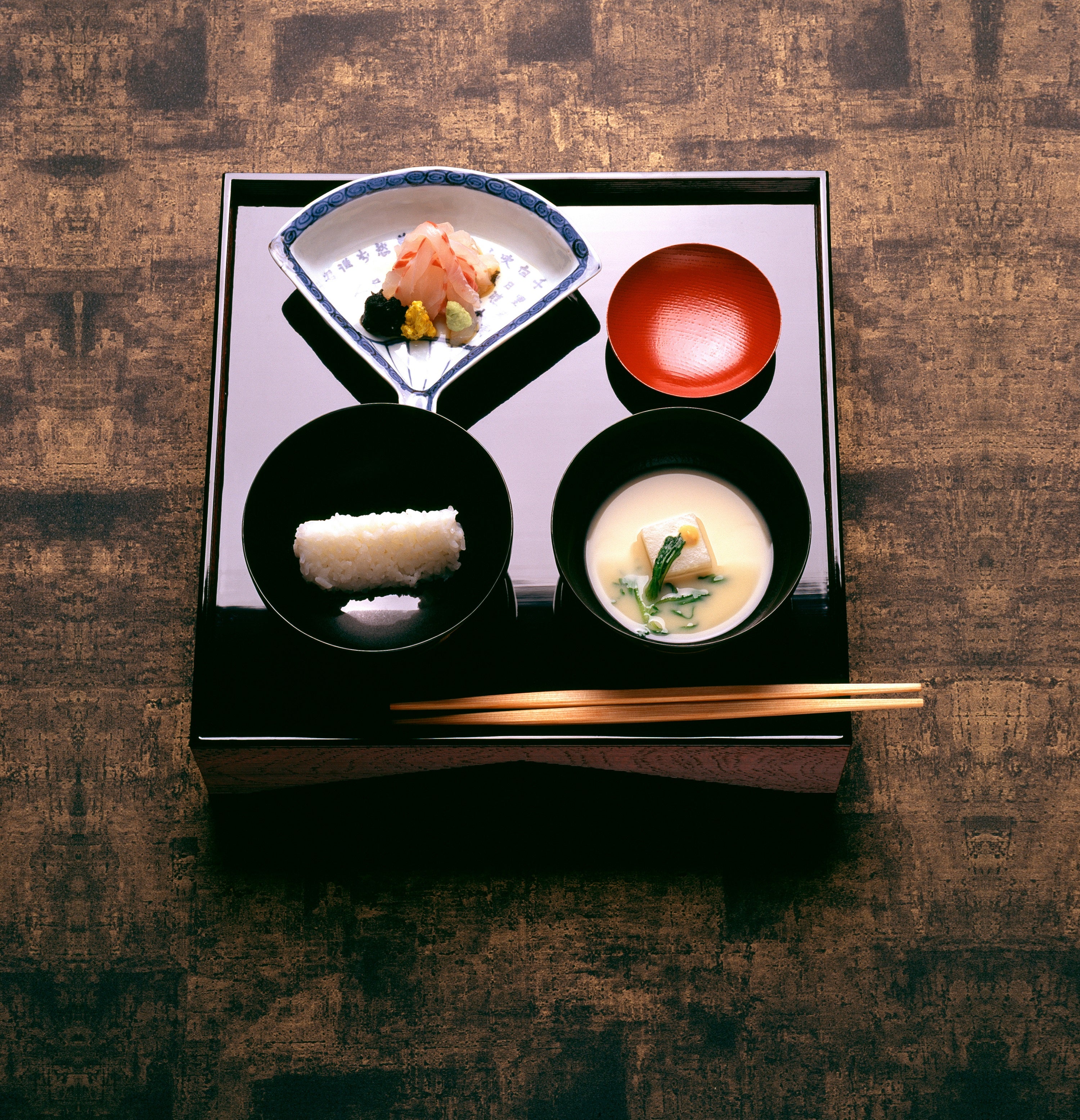

Mastering the Art of Chopsticks in Japan
Chopsticks play a big role in Japanese dining. Knowing how to handle them the right way can make your dining experience more enjoyable and show your respect for Japanese dining culture. Here's a guide on how to hold them correctly and what dining table etiquette to keep in mind.
How to hold your chopsticks
1. Get the Right Grip: Start by holding one chopstick like a pencil. Place it between your thumb and the side of your index finger. Your thumb should be at the top, and your index finger should rest lightly on the top of the chopstick.
2. Support with the Middle Finger: Use your middle finger to support the lower chopstick. It should be held in place by the base of your thumb.
3. Keep Them Aligned: Make sure the tips of the chopsticks are even and aligned. They should meet when you pinch them together, forming a pincer-like grip.
4. Practice Control: Practice moving the top chopstick (the one you hold with your thumb and index finger) up and down while keeping the bottom one steady. This is the key to picking up food smoothly.
5. Maintain a Relaxed Grip: Don't grip the chopsticks too tightly; it should be a relaxed hold. Think finesse, not force.
6. Balance: Keep the chopsticks parallel to each other. They should be balanced and not crossed or uneven.
7. Find Your Comfort: Adjust your hand position as needed to find the most comfortable and controlled grip for you. Try to grip them closer to the upper ends (the thicker ends) rather than the tips. The tips of the chopsticks are used to pick up food, and holding them closer to the tips makes it more challenging to control and manipulate them effectively.
Chopsticks Etiquette
Resting Chopsticks:
In many Japanese households, everyone has their own personal chopsticks. Many Japanese dining settings provide a chopstick rest, known as a “hashi-oki”. When not in use, the chopsticks should be placed on the rest with the pointed ends facing left and the broader ends toward the right. This prevents the chopsticks from rolling off the table and also keeps the tips clean. When you are not using your chopsticks, place them parallel on the chopstick rest on the edge of your plate.
Handle food delicately
Stabbing food with chopsticks can be seen as impractical and unrefined, and considered disrespectful toward the food itself. Chopsticks have symbolic importance. They are often associated with rituals, particularly those related to death and funerals. Sticking chopsticks upright in a bowl of rice resembles the placement of incense sticks at a Buddhist altar during funeral ceremonies. This association with death and funerals makes it highly inappropriate to stab food with chopsticks.
Avoid pointing
In Japanese culture, pointing at someone with any object, including chopsticks, is generally considered impolite and confrontational, and it may cause discomfort or offense.
Passing food
Equally important is not passing food from one set of chopsticks to another as this is associated with a Japanese funeral ritual when the closest family members take turns passing the cremated bones during funerals. Use communal serving utensils or the opposite ends of your chopsticks for transferring food.
Sharing food
When eating from shared dishes (as is commonly done both at home and in restaurants), it is polite to use the opposite end of your chopsticks or dedicated serving chopsticks for moving food to your own dish.
In a nutshell, mastering chopsticks in Japan is all about holding them correctly, using them gently, and showing respect for others. Practice, be patient, and soon enough, you will be a proficient chopstick enthusiast.
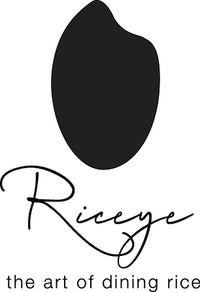
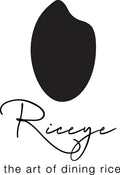
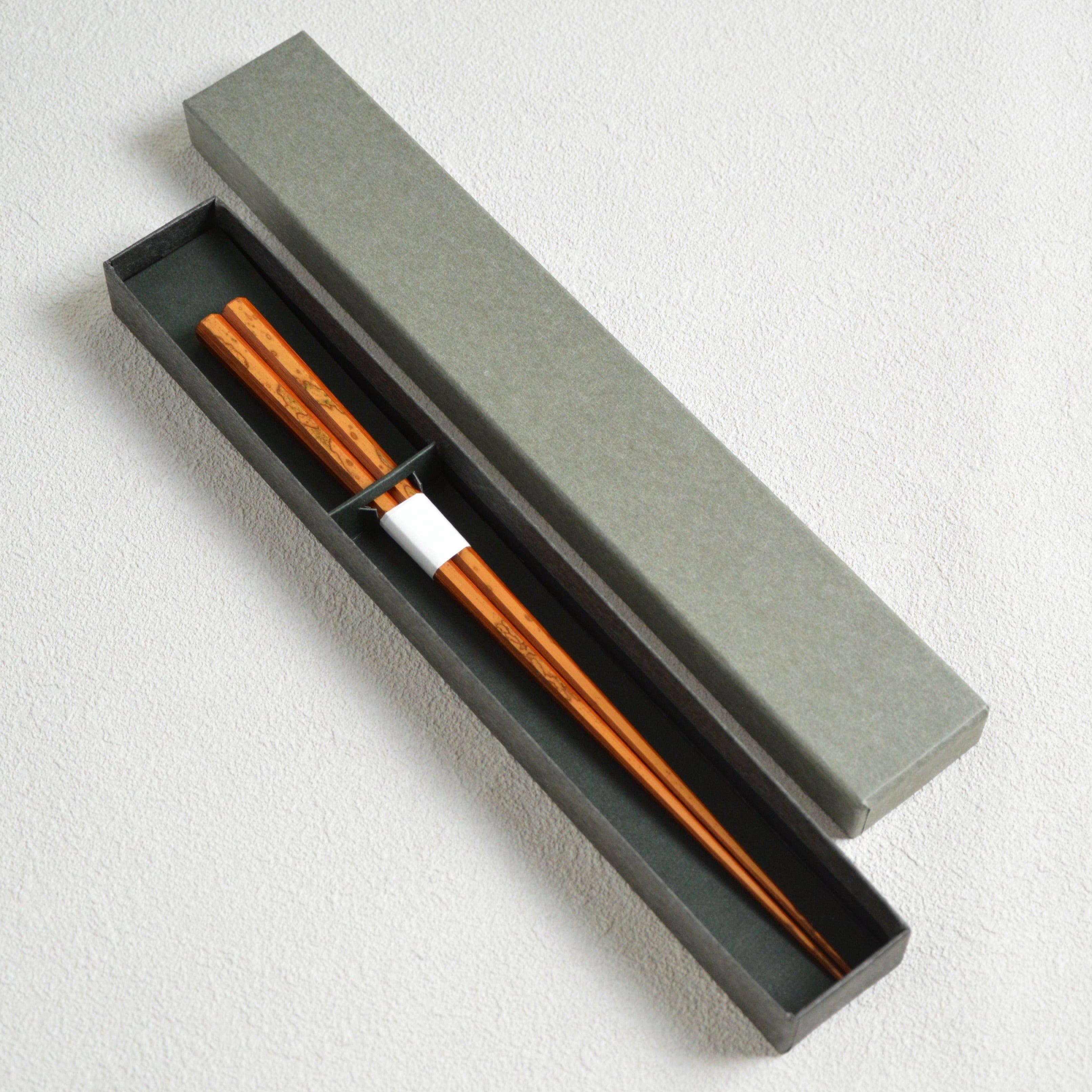
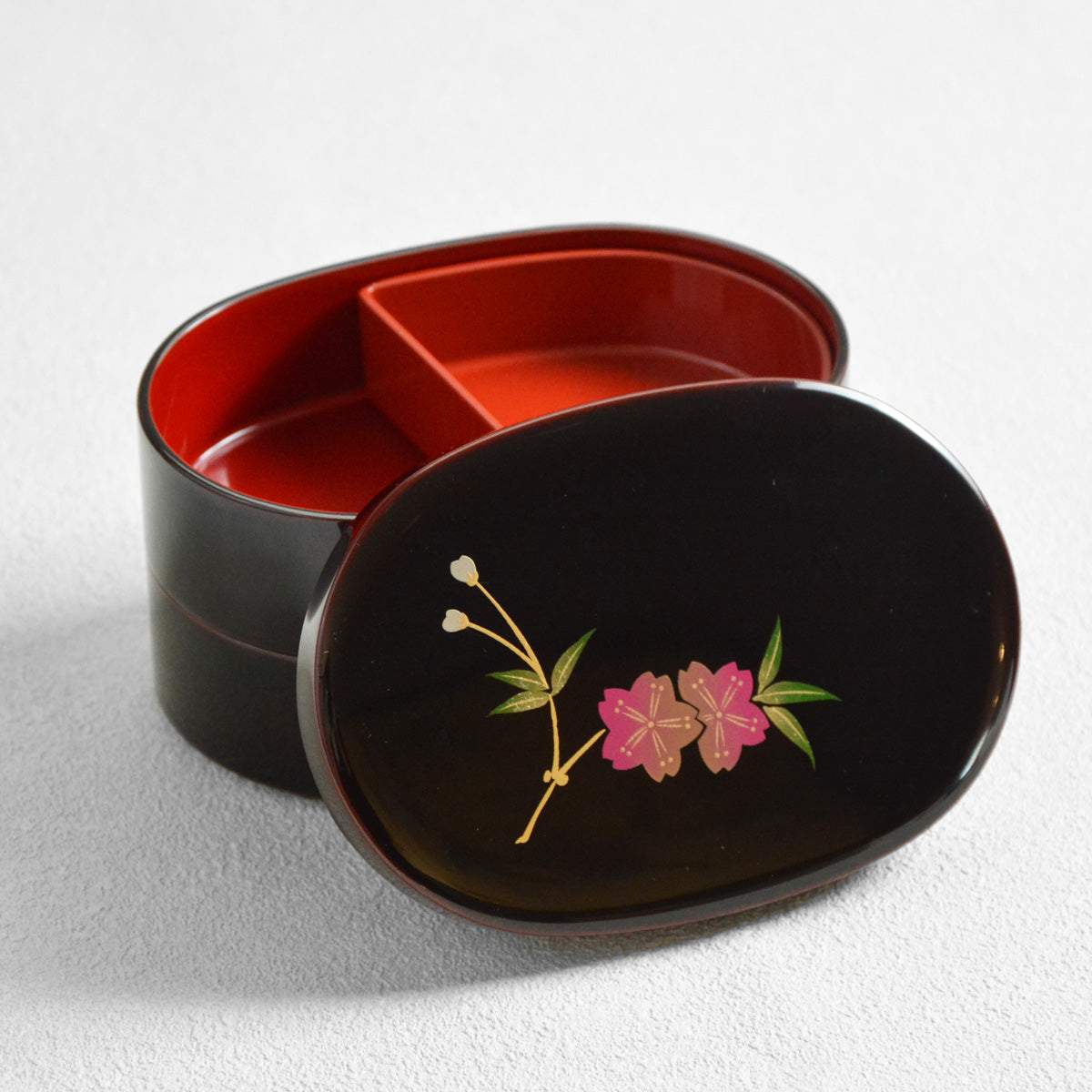
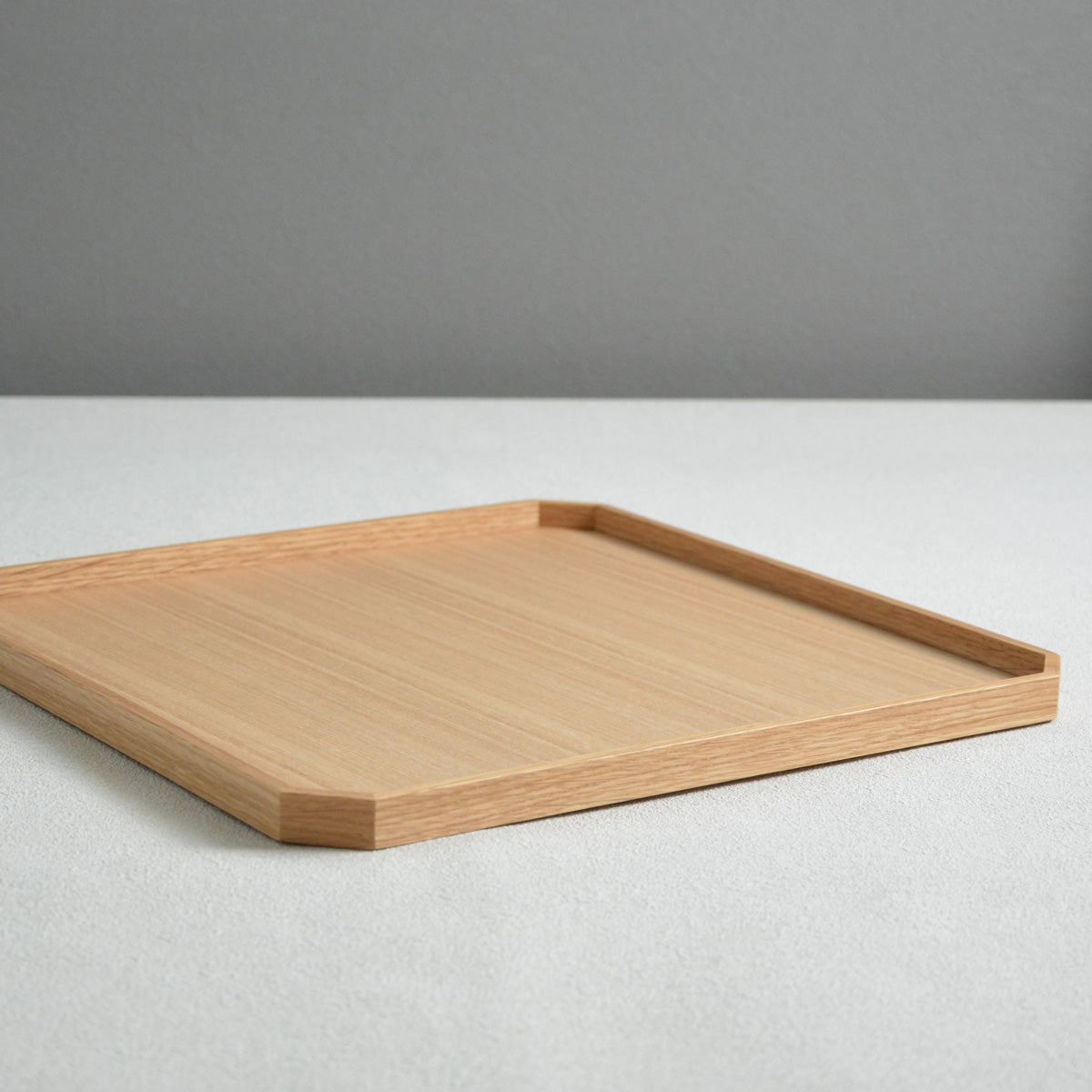
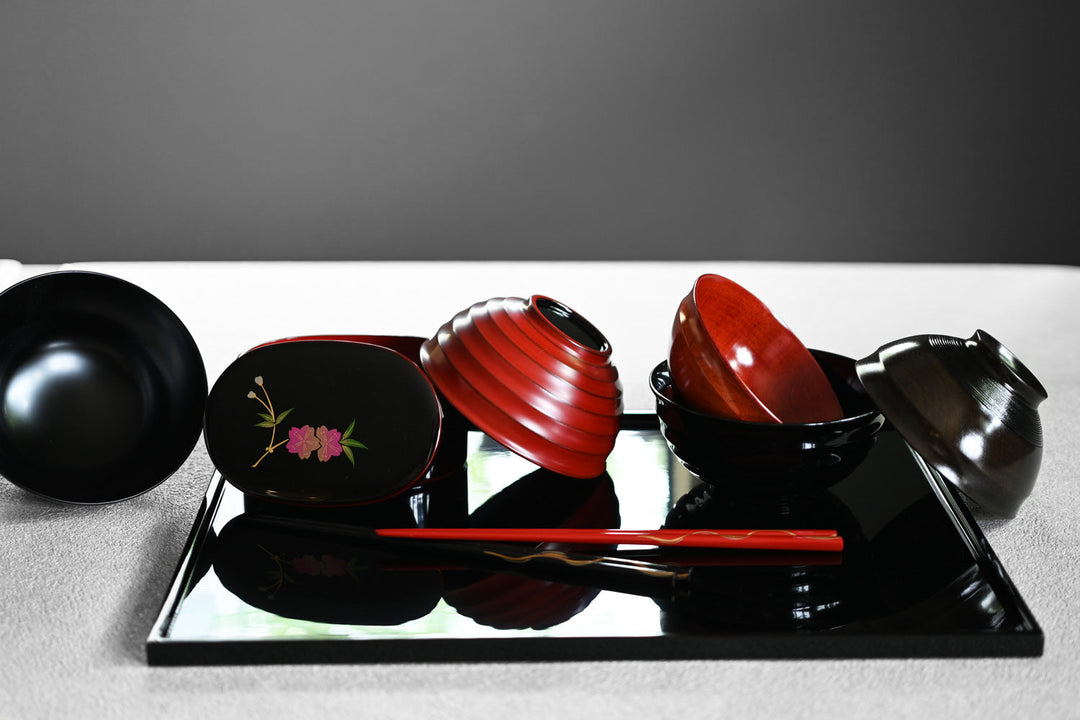
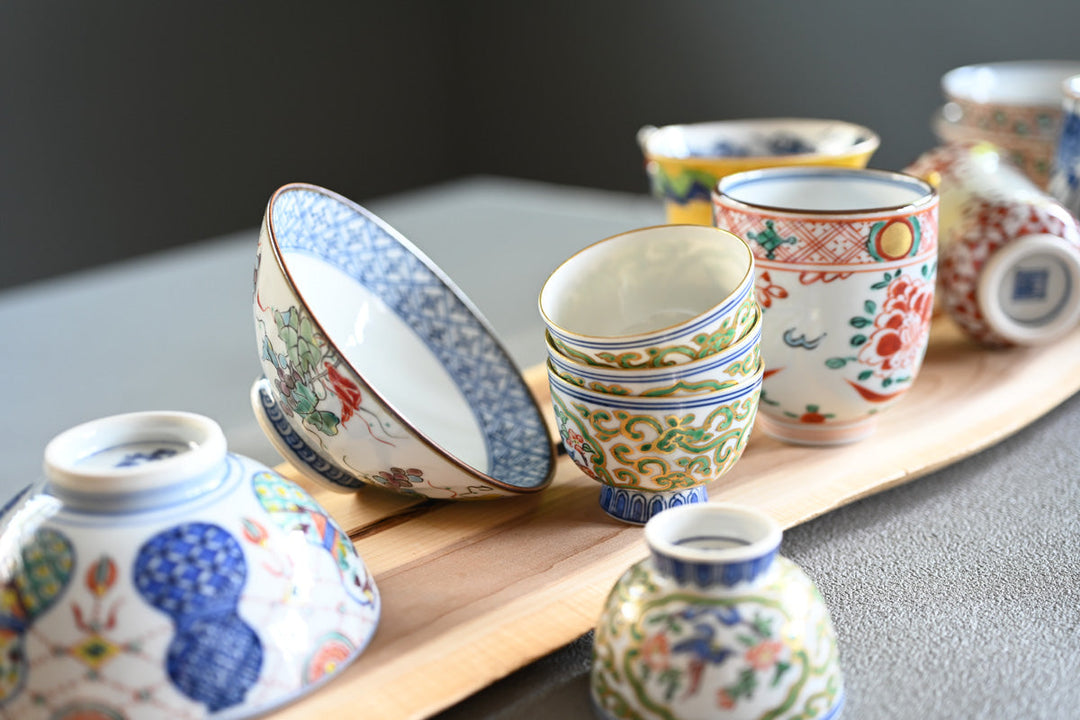
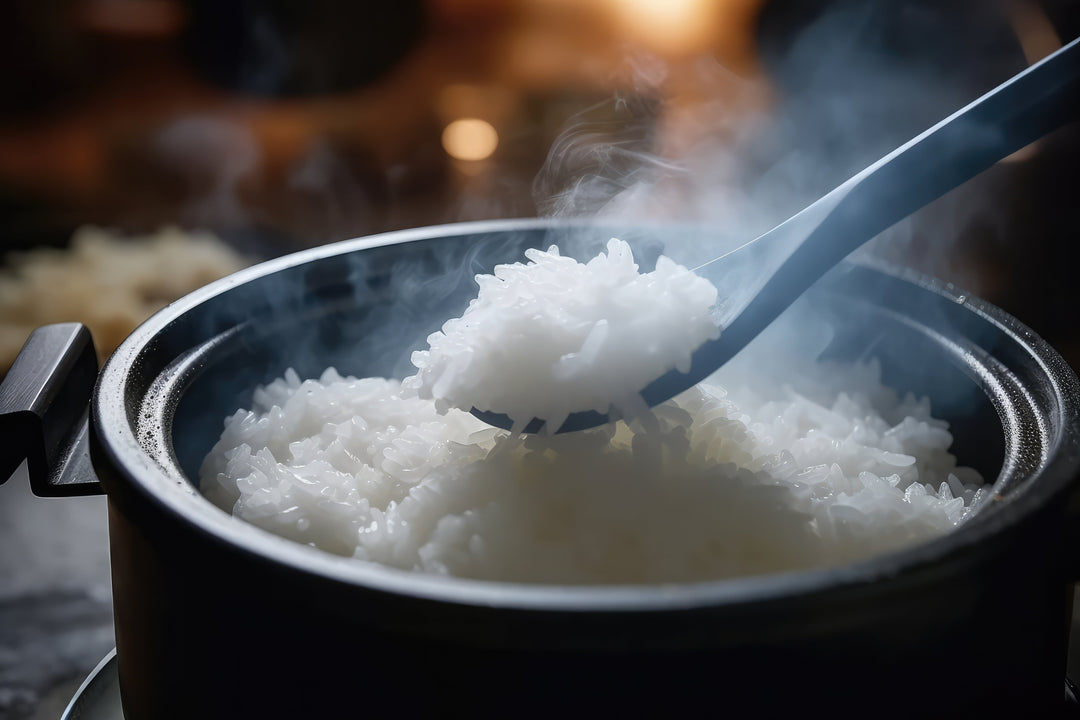
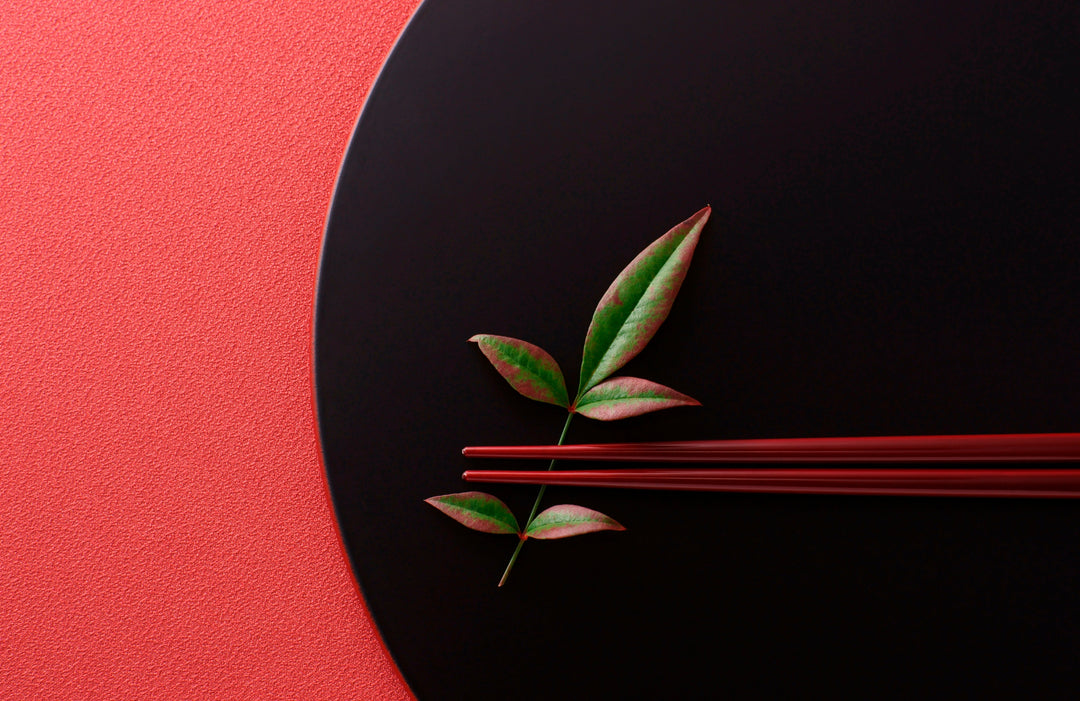
Leave a comment